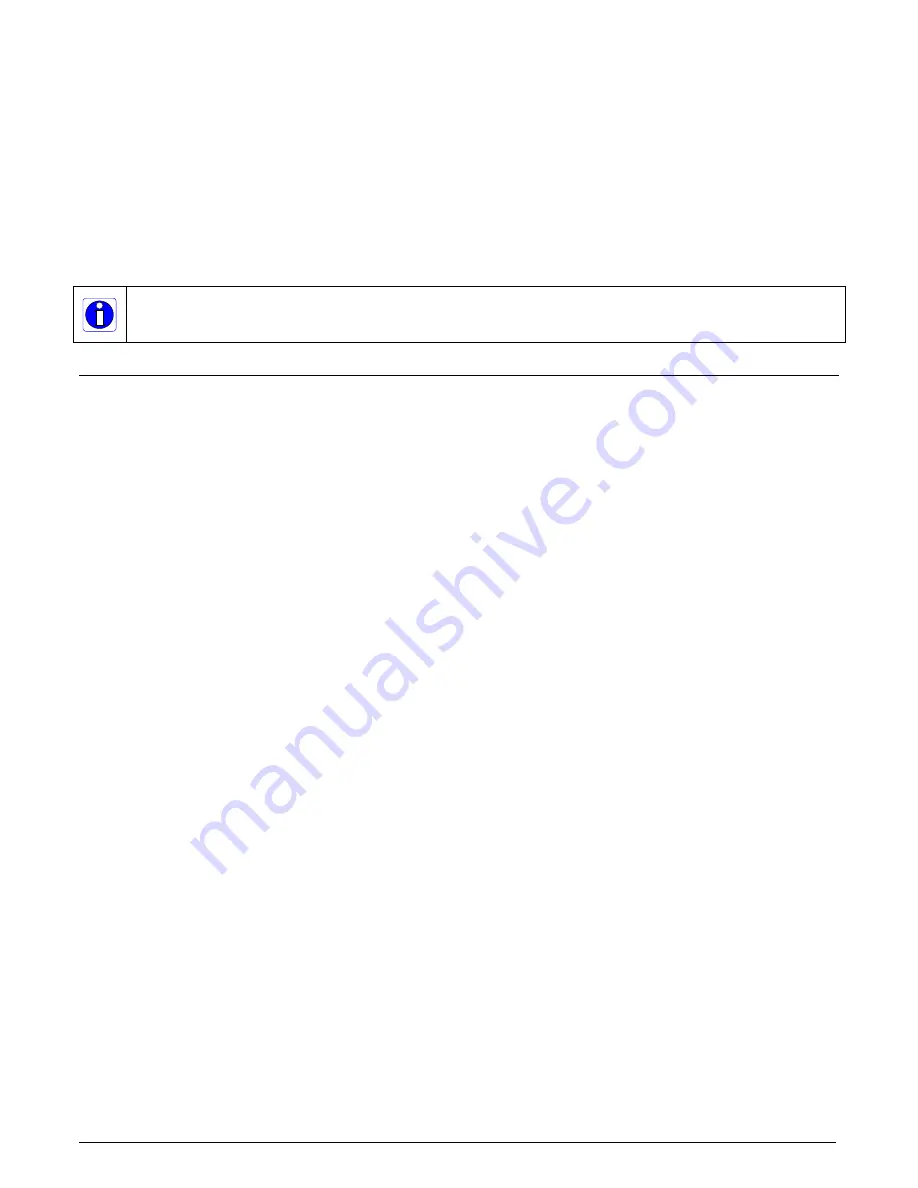
96
•
Appendix A: Silent Installation
Xtium2-CLHS PX8 User's Manual
Running a Silent Mode Installation
A device driver silent installation, whether done alone or within a larger software installation
requires the device driver executable and the generated response file
setup.iss
.
Execute the device driver installer with the following command line:
Xtium2-CLHS_PX8_1.00.00.0000 -s -f1".\setup.iss"
Where the –s switch specifies the silent mode and the –f1 switch specifies the location of the
response file. In this example, the switch –f1".\setup.iss" specifies that the
setup.iss
file be in the
same folder as the device driver installer.
Note: On Windows 7, 8, and 10, the Windows Security dialog box will appear unless one has already
notified Windows to ‘Always trust software from “Teledyne DALSA Inc.” during a previous installation
of a driver.
Silent Mode Uninstall
Similar to a silent installation, a response file must be prepared first as follows.
Creating a Response File
The installer response file is created by performing a device driver un-installation with a command
line switch "-r". The response file is automatically named
setup_uninstall.iss
which is saved in
the \windows folder. If a specific directory is desired, the switch “–f1” is used.
As an example, to save a response file in the same directory as the installation executable of the
Xtium2-CLHS PX8, the command line would be:
Xtium2-CLHS_PX8_1.00.00.0000 –r –f1”.\setup_uninstall.iss”
Running a Silent Mode Uninstall
Similar to the device driver silent mode installation, the un-installation requires the device driver
executable and the generated response file
setup.iss
.
Execute the device driver installer with the following command line:
Xtium2-CLHS_PX8_1.00.00.0000 -s -f1".\setup_uninstall.iss"
Where the –s switch specifies the silent mode and the –f1 switch specifies the location of the
response file. In this example, the switch –f1".\setup_uninstall.iss" specifies that the
setup_uninstall.iss
file be in the same folder as the device driver installer.






























